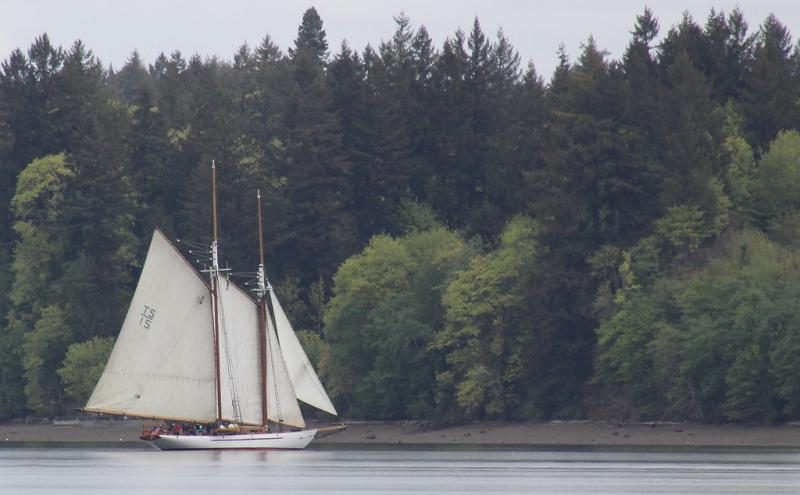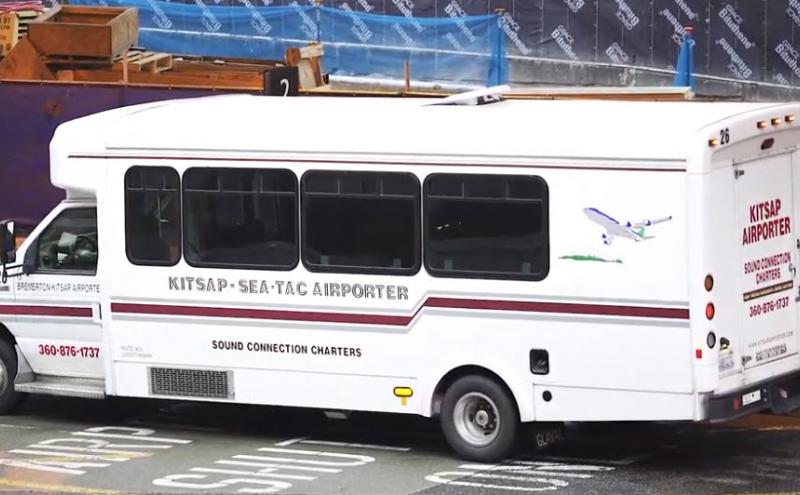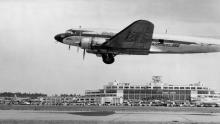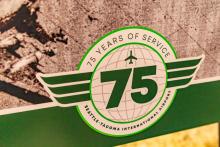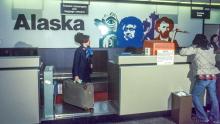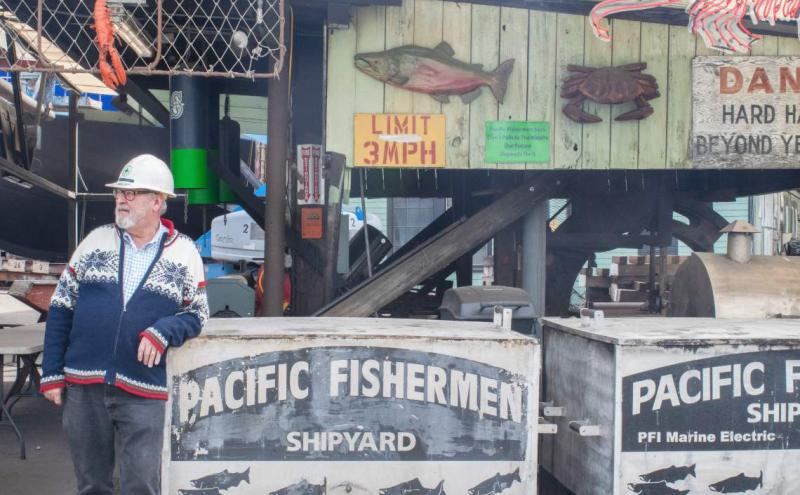
A walk through the Pacific Fishermen Shipyard in Ballard is a little bit like stepping back in time. The quirky shipyard is the final resting place for a variety of vintage signs and other relics that each tell a story of old Seattle or old Ballard, preserved in time through neon signs, plaques, and even picnic tables.
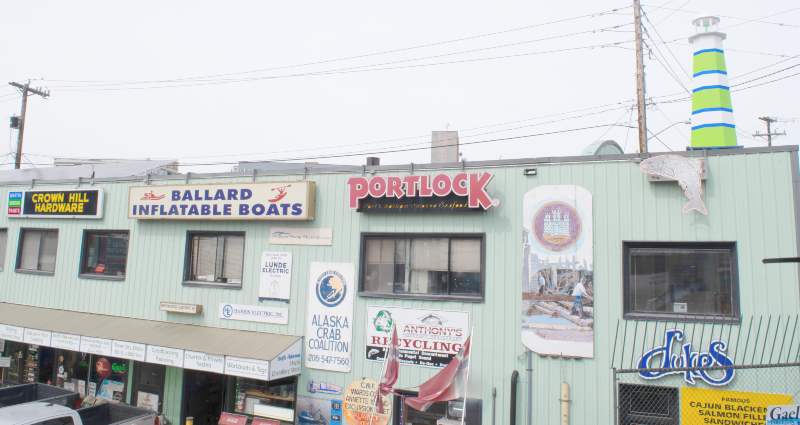
Collecting these reminders is Pacific Fishermen Shipyard General Manager Doug Dixon’s passion. A sign on the gate to the shipyard serves as a reminder of one of Dixon’s other passions — the shipyard’s efforts to protect the natural resources that fishermen hold dear. The sign reads “Pacific Fishermen says don’t pollute the waters. Our future depends on it.” Dixon takes this to heart.
Pacific Fishermen Shipyard recently received an Honorable Mention for Environmental Performance as part of the Port of Seattle Environmental Excellence Awards program recognizing its efforts to reduce stormwater pollution, improve air quality, and produce clean energy.
The shipyard was founded in 1946 by 400 Norwegian heritage fishermen as a co‐op style shipyard on the site of the 1890’s Ballard Marine Railway Co. The shipyard was known for the world’s largest diesel tug the 120′ Mahoe, built in 1925, and wooden halibut schooners and minesweepers later converted to the Calypso by Jacques Cousteau and the Wild Goose by John Wayne. Today the shipyard continues to service tugboats, passenger cruise, charter boats, and yachts, as well as traditional shipping vessels.
Pacific Fishermen Shipyard has implemented multiple practices to reduce its impact on the environment. Dixon installed a 7.9 kW Solar photovoltaic array on the roof of one of the shipyard buildings, offsetting 316 pounds of carbon dioxide annually. He also installed a high efficiency boiler system and high efficiency air compressor to help conserve energy. A stormwater filtration system results in water with less copper than drinking water going back into the Puget Sound. Other sustainability practices in place reduce waste and increase the use of non-toxic paints, thinners, and cleaning solvents. An environmentally friendly sand blast booth and paint booth constructed through a grant from the government helps contain fugitive dust created through sandblasting and volatile chemicals that are released during painting operations.
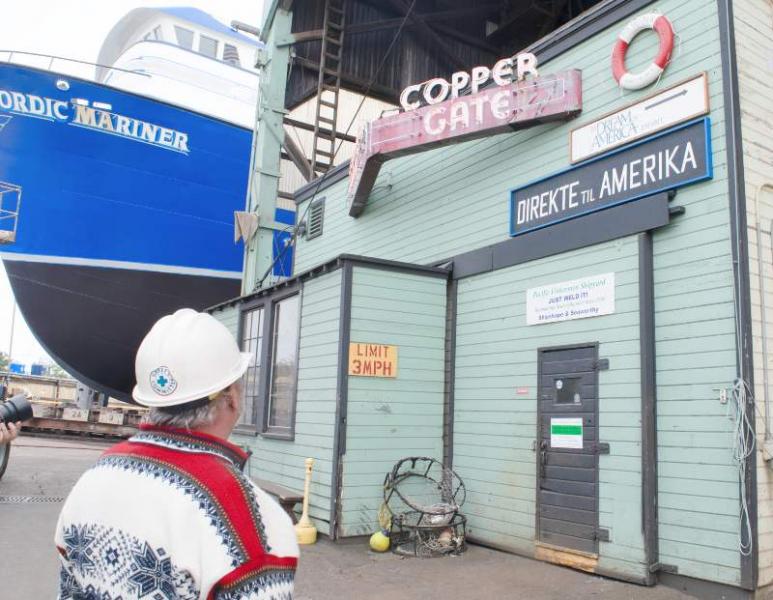
Dixon said these sustainable measures have made a difference for his business, both economically and environmentally.
“We make our living off of the fishing industry, so we have to make choices that keep it strong,” he said. “We need to give fish an environment where they can thrive. Anything we can do when it comes to reducing our carbon footprint and reducing ocean acidification is important.”


